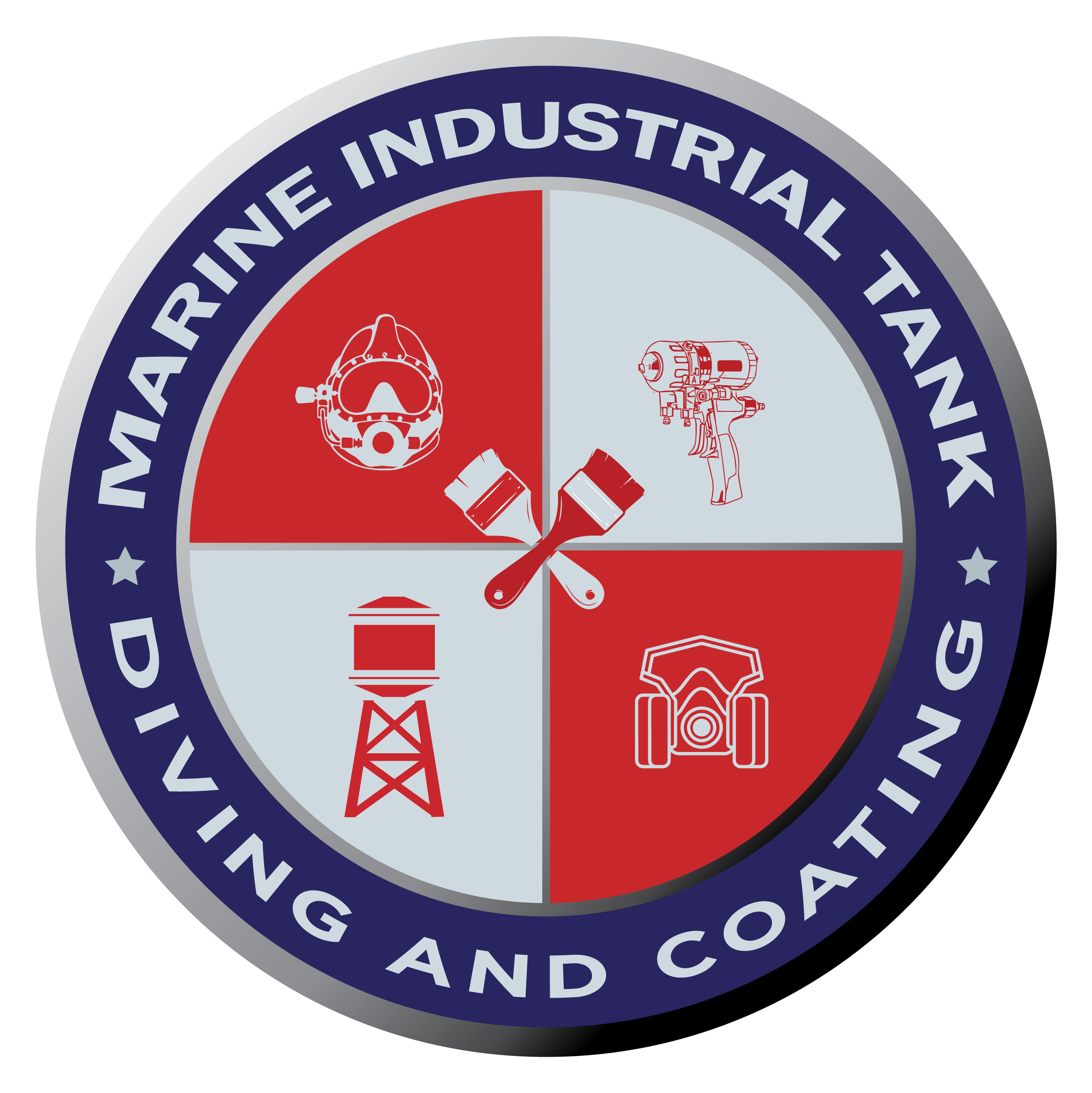Looking inside tanks
The interior of a tank contains the water for the fire sprinkler system, of course, which can complicate inspection. Nevertheless, while many interior issues become apparent on the exterior if left unchecked for a long time, it is critical to have a look inside of tanks to catch issues early. The inspection requirements listed below are typically done by a qualified inspector or contractor:
From the 2017 Edition of NFPA 25
9.2.5.1.1* The interior of steel tanks without corrosion protection shall be inspected every 3 years.
9.2.5.1.2* The interior of all other types of tanks shall be inspected every 5 years. 9.2.5.2 Where interior inspection is made by means of underwater evaluation, silt shall first be removed from the tank floor.
9.2.5.3 The tank interior shall be inspected for signs of pitting, corrosion, spalling, rot, other forms of deterioration, waste materials and debris, aquatic growth, and local or general failure of interior coating.
9.2.5.4 Steel tanks exhibiting signs of interior pitting, corrosion, or failure of coating shall be tested in accordance with 9.2.6. 9.2.5.5* Tanks on ring-type foundations with sand in the middle shall be inspected for evidence of voids beneath the floor.
9.2.5.6 The heating system and components including piping shall be inspected.
9.2.5.7 The anti-vortex plate shall be inspected for deterioration or blockage.
Access Hatch to a Fire Protection Tank
Exterior access to a tank. Note the warnings for confined space entry. Photo courtesy of the National Fire Sprinkler Association
The frequency of the interior inspection depends on the material that the tank is constructed of and its corrosion protection. If the tank is made from steel and does not have any corrosion protection, such as paint or a corrosion-resistant coating, then the inspection needs to be done every three years. For concrete and wood tanks, and steel tanks with corrosion protection, the internal inspection needs to be done every five years.
